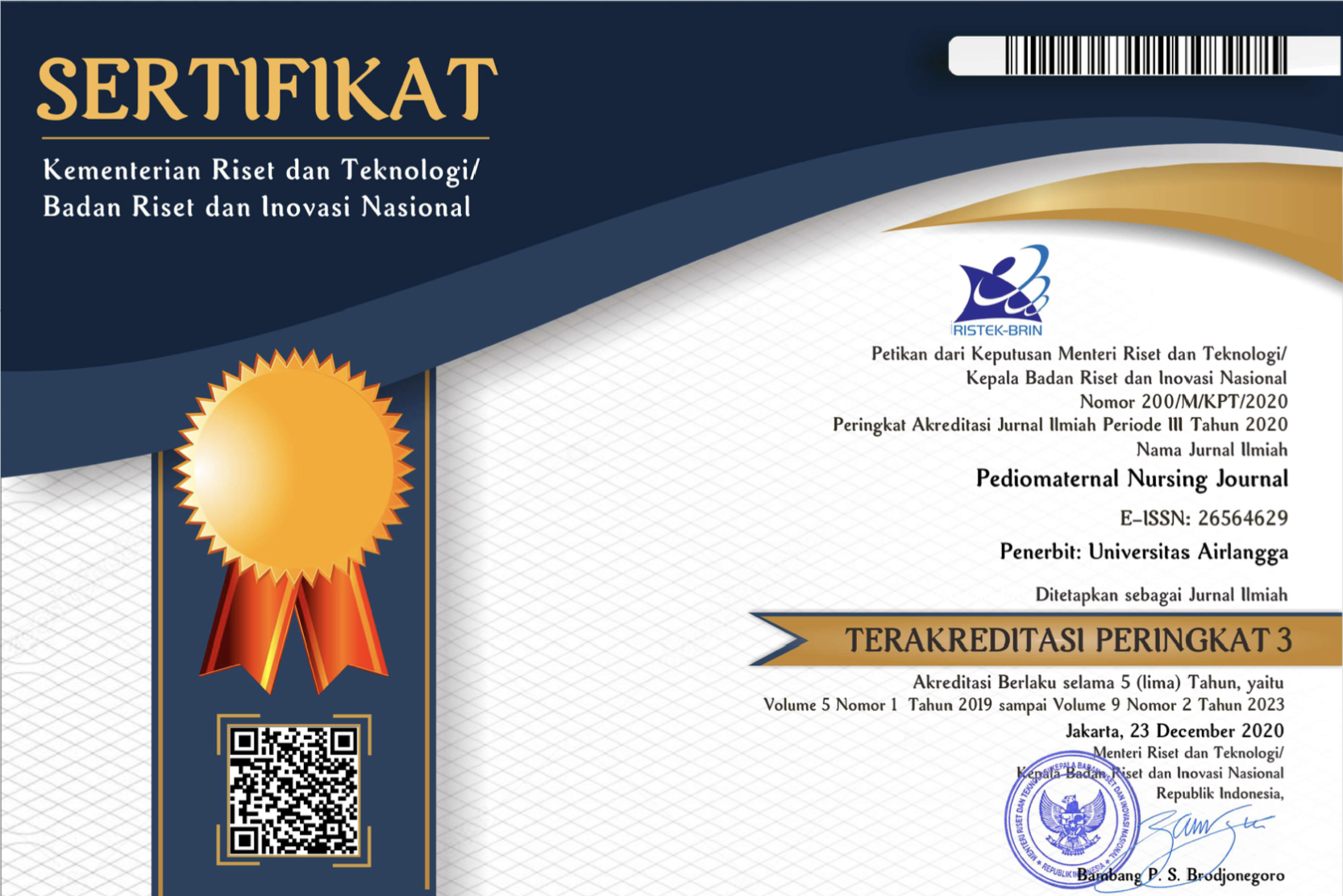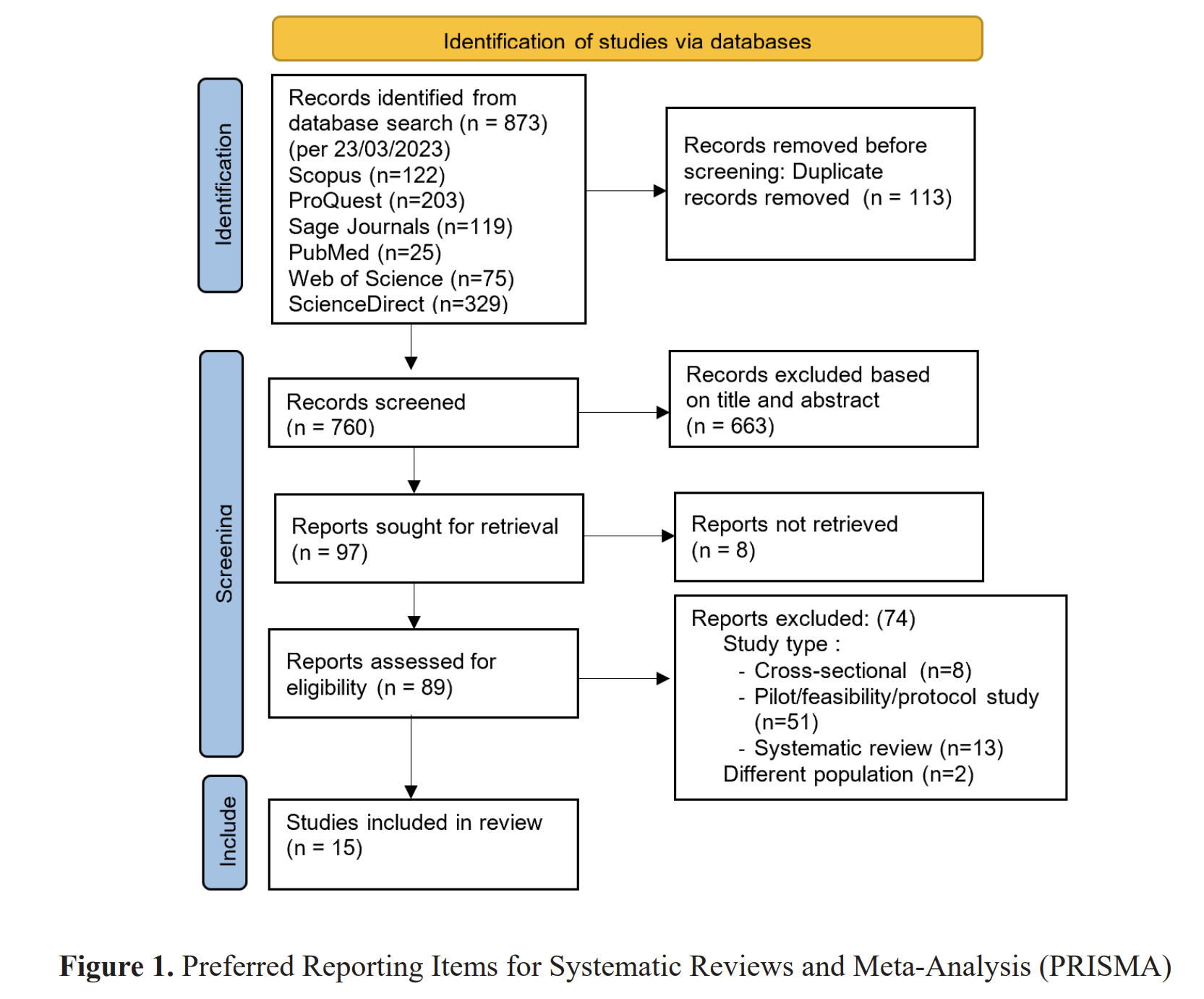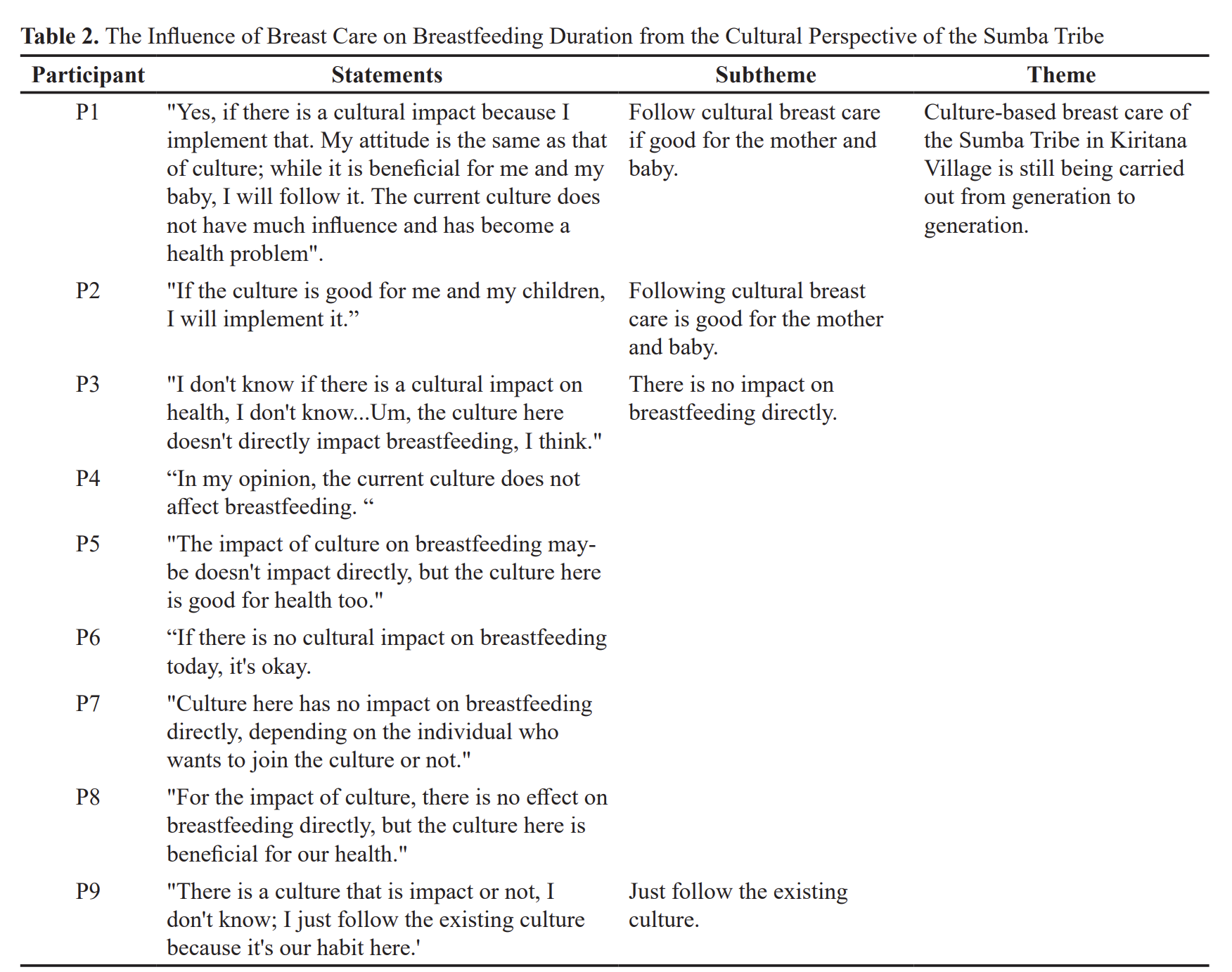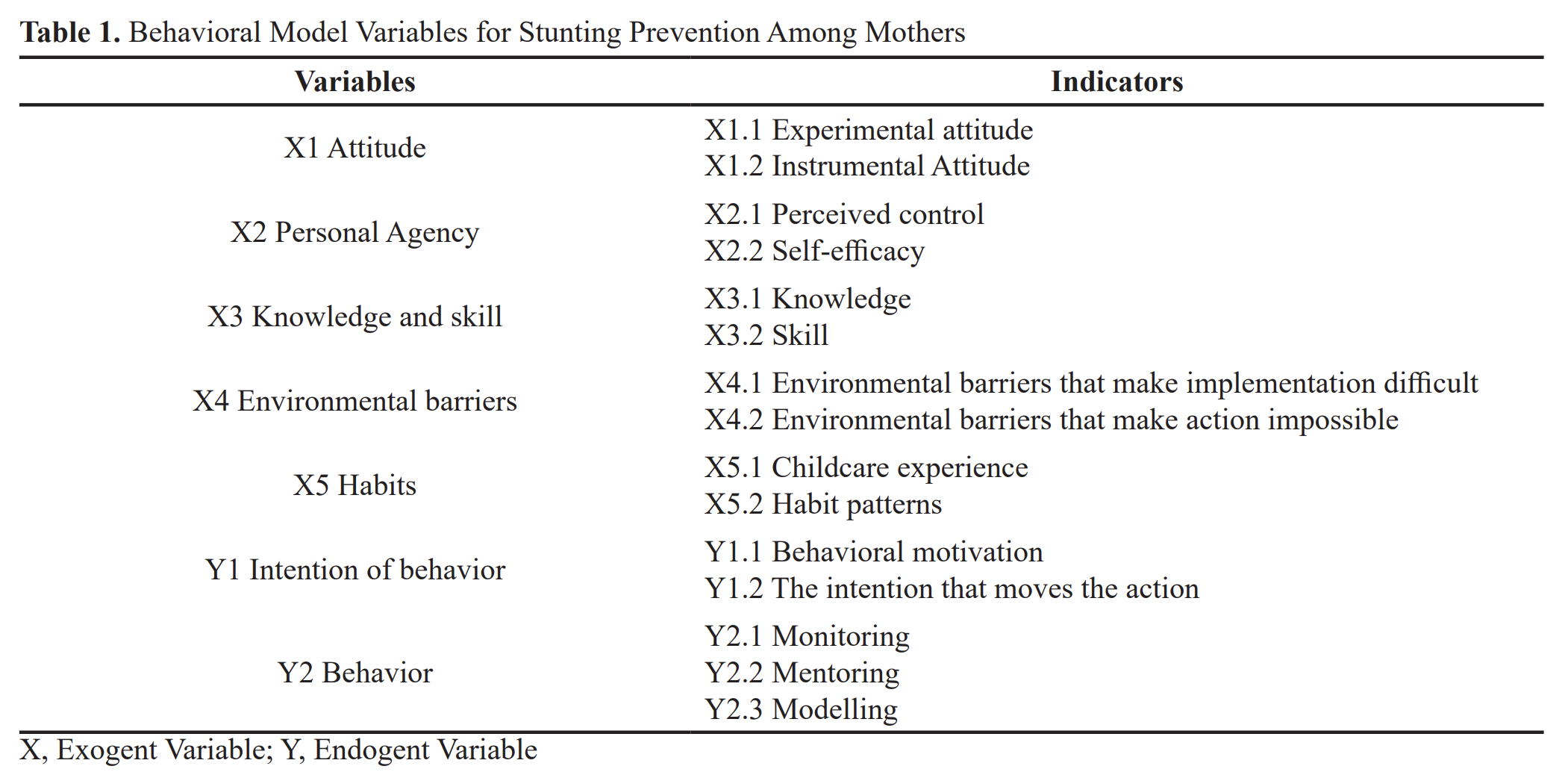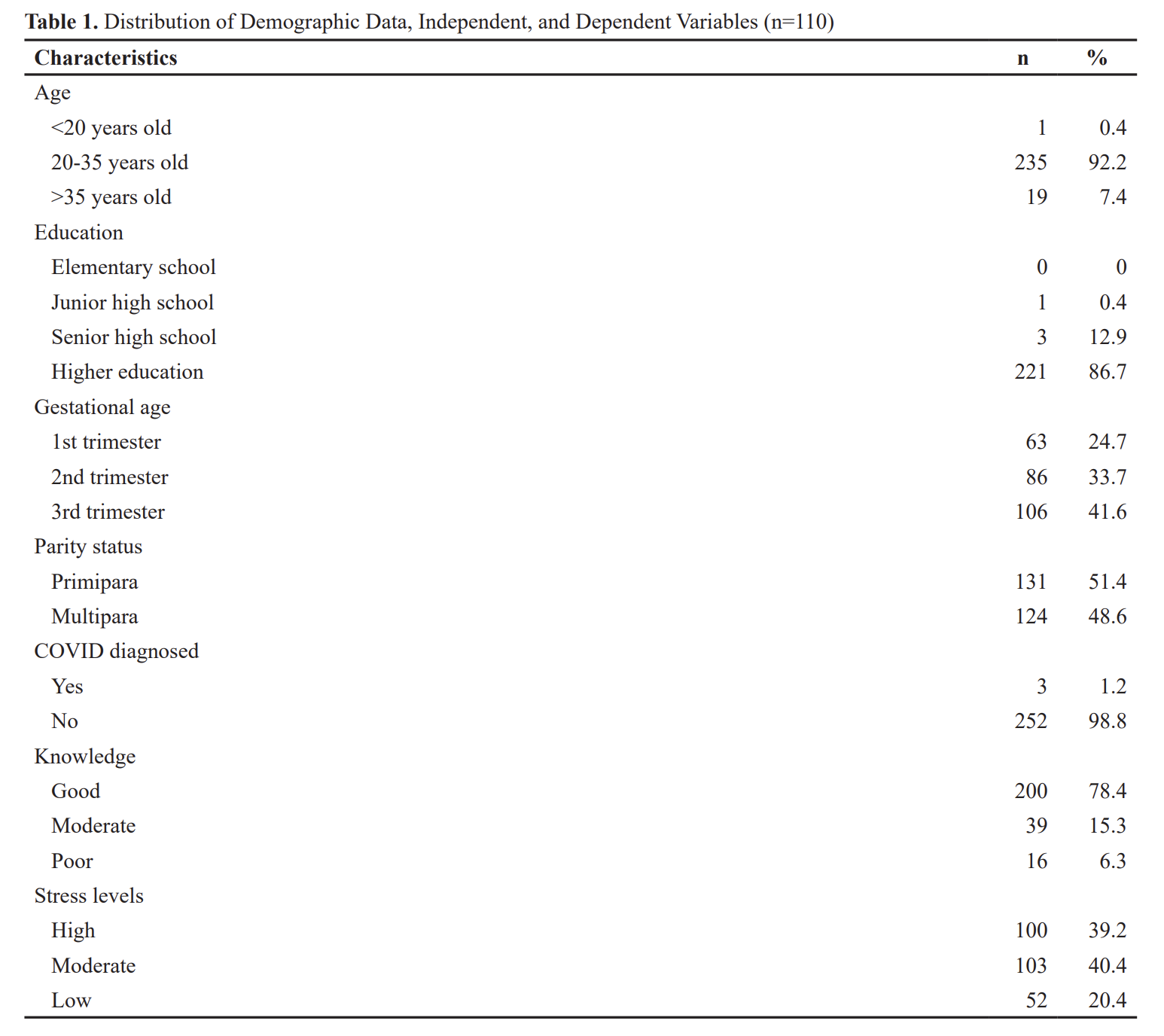The Comparison of Total Cholesterol Level in DMPA and Combination Injection Contraception Users
Downloads
Introduction:Hormonal injection contraception is the most widely used method of contraception in Indonesia. In long-term use, one of the side effects of injection contraception is changes in lipid metabolism in the body caused by the accumulation of hormones in the body. Two types of injectional contraception are widely used in Indonesia, namely combined injection and DMPA injection; different hormonal content has various side effects on the lipid profile. This study aimed to compare the total cholesterol level between acceptors of DMPA injection and combined injection.
Methods: This study used an observational analytic method with a cross-sectional approach. The sample size is 60 respondents, including 30 DMPA injection acceptors and 30 combination injection acceptors. The sampling method uses a purposive sampling technique The independent variable in this study was the total cholesterol level of the acceptor, and the dependent variable was the acceptor of DMPA injection and the combination injection acceptor. Analysis of research data used the Independent T-test with α=0.05.
Results: The results of the bivariate analysis found significant differences in total cholesterol levels in the DMPA injection contraception acceptor and combination injection with p= 0.037. It was found that overall cholesterol levels of DMPA injection acceptors were higher.
Conclusion: There is a difference in total cholesterol levels in the DMPA injection contraception acceptor with a combination injection contraception acceptor.
Affandi, B. (2014). Buku Panduan Praktis Pelayanan Kontrasepsi. jakarta: Bina Pustaka Sarwono Prawirohardjo.
Bakry, S., Hassan, A. M., Shahat, M. M. A., & Abdullah, A. (2010). Effect of Depo-Provera on Estrous Cyclicity , Serum Proteins and Lipid Profile in Mice. World Applied Sciences Journal, 8(9), 1042–1049.
Berenson, A. B., Rahman, M., Wilkinson, G., & Ma, F. A. C. E. (n.d.). Effect of injectable and oral contraceptives on serum lipids. https://doi.org/10.1097/AOG.0b013e3181b76bea
Berg, G., Mesch, V., Boero, L., Sayegh, F., Prada, M., Royer, M., ... Benencia, H. (2004). Lipid and lipoprotein profile in menopausal transition. Effects of hormones, age and fat distribution. Hormone and Metabolic Research, 36(4), 215–220. https://doi.org/10.1055/s-2004-814450
BKKBN. (2015). Jangan Sembarang Memilih Kontrasepsi. Retrieved from www.bkkbn.go.id
Della Torre, S., Mitro, N., Fontana, R., Gomaraschi, M., Favari, E., Recordati, C., ... Maggi, A. (2016). An Essential Role for Liver ERα in Coupling Hepatic Metabolism to the Reproductive Cycle. Cell Reports, 15(2), 360–371. https://doi.org/10.1016/j.celrep.2016.03.019
Departemen Farmakologi dan Terapeutik FK UI. (2014). Farmakologi dan Terapi (6th ed.). Jakarta: Bagian Farmakologi FK UI.
Dilshad, H., Ismail, R., Naveed, S., Usmanghani, K., Alam, M. T., & Sarwar, G. (2016). Effect of hormonal contraceptives on serum lipids: A prospective study. Pakistan Journal of Pharmaceutical Sciences, 29(4), 1379–1382.
Dinas Kesehatan Kota Surabaya. (2019). Profil Kesehatan Kota Surabaya tahun 2018. Surabaya.
Dragoman, M., Curtis, K. M., & Gaffield, M. E. (2016). Combined hormonal contraceptive use among women with known dyslipidemias: a systematic review of critical safety outcomes. Contraception, 94(3), 280–287. https://doi.org/10.1016/j.contraception.2015.08.002
Katzung B, G. (2014). Farmakologi Dasar & Klinik (12th ed.). Jakarta: EGC.
Kemenkes RI. (2018). Riset Kesehatan Dasar tahun 2018, RISKESDAS. Jakarta: Balitbang Kemenkes RI.
Kementrian Kesehatan RI. (2019). Profil Kesehatan Indonesia 2018. Jakarta: Kemenkes RI.
Menazza, S., & Murphy, E. (2016). The Expanding Complexity of Estrogen Receptor Signaling in the Cardiovascular System. 994–1007. https://doi.org/10.1161/CIRCRESAHA.115.305376
Murray, R. . (2014). Biokimia Harper (29th ed.). Jakarta: Buku Kedokteran ECG.
Okeke, C. U., Braide, S. A., Okolonkwo, B. N., Okafor, R., Eneh, P. C., Adegoke, A., ... Okwandu, N. B. (2011). Comparative Effects of Injectable and Oral Hormonal Contraceptives on Lipid Profile. European Journal of Cardiovascular Medicine Vol, II(I), 20–22. https://doi.org/10.5083/ejcm.20424884.64
Palmisano, B. T., Zhu, L., Stafford, J. M., & Affairs, V. (2018). Estrogens in the Regulation of Liver Lipid Metabolism. (615). https://doi.org/10.1007/978-3-319-70178-3
Randolph, J. F., Zheng, H., Sowers, M. F. R., Crandall, C., Crawford, S., Gold, E. B., & Vuga, M. (2011). Change in follicle-stimulating hormone and estradiol across the menopausal transition: Effect of age at the final menstrual period. Journal of Clinical Endocrinology and Metabolism, 96(3), 746–754. https://doi.org/10.1210/jc.2010-1746
Sitinjak, H. L. (2019). Perbedaan Kadar Trigliserida dan Indeks Massa Tubuh Antara Akseptor Pil Kombinasi dengan DMPA. Jurnal Endurance, 4(2), 335. https://doi.org/10.22216/jen.v4i2.3942
Speroff, L., & D, D. P. (2011). A clinical guide for contraception (5th ed.). Philadelphia: Lippincott Williams &Wilkins.
Sufa, B., Abebe, G., & Cheneke, W. (2019). Dyslipidemia and associated factors among women using hormonal contraceptives in Harar town, Eastern Ethiopia. BMC Research Notes, 12(1), 120. https://doi.org/10.1186/s13104-019-4148-9
Sulistyawati, A. (2014). Pelayanan Keluarga Berencana. Jakarta: Salemba Medika.
Sultana, A., Khatun, K., & Alam, A. M. M. (2017). Duration of Oral Contraceptives Use and Risk of Development of Dyslipidemia among Women in Dhaka City. Journal of Science Foundation, 14(2), 40–43. https://doi.org/10.3329/jsf.v14i2.33443
Widyaningsih, A., & Isfaizah, I. (2019). Hubungan Kontrasepsi Hormonal Terhadap Tekanan Darah Di Puskesmas Leyangan Tahun 2018. Indonesian Journal of Midwifery (IJM), 2(1), 5–10. https://doi.org/10.35473/ijm.v2i1.143
Copyright (c) 2020 Rara Yumna Elfrida, Gadis Meinar Sari, Sri Ratna Dwiningsih, Pudji Lestari

This work is licensed under a Creative Commons Attribution 4.0 International License.
1. The journal allows the author to hold the copyright of the article without restrictions.
2. The journal allows the author(s) to retain publishing rights without restrictions.
3. The legal formal aspect of journal publication accessibility refers to Creative Commons Attribution (CC BY).

